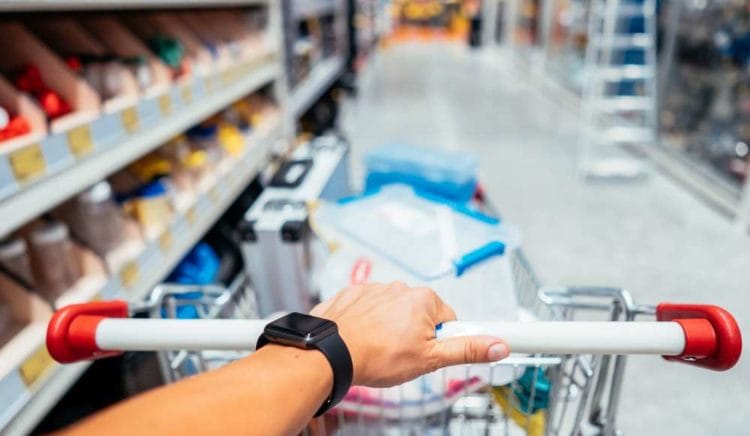
By Lee Jones, Director of Sales and Business Development, Ingenico Enterprise Retail
The modern-day consumer has changed. Their shopping experience in-store is no longer stand-alone. Most retailers have online retail alongside in store, creating an omnichannel environment that combines both the digital and the physical. This gives the customer the opportunity to research the products they want online before they ever step foot in store.
However, it is important that sales associates are knowledgeable on the goods on offer. Our research shows that 88% of customers report that they are more likely to make a purchase in-store if this knowledge exists from staff.
Equipping sales staff with the tools to increase their insight, expertise, and mobility on the shop floor enables retailers to make the omnichannel experience work seamlessly for them and their customers, boosting sales as a result.
Retailers must understand the important of providing a mobile, omnichannel experience for customers that speeds up the payments process, whilst still providing that in-store familiarity. The modern day retail market is competitive and it is this that will draw customers in and more importantly, keep them returning. Thus, providing a differentiated experience from those retailers who do not combine the online and the in-store experience, to give customers the best of both worlds.
The value of in-store

Lee Jones
For many years, digital has been high on retailers’ agendas. This is because consumers choose the convenience of shopping from their own home. This digital push, as well as the speed of online shopping, has created a consumer base that is primarily used to a quick and easy payments process. So much so that customers are more impatient than ever – with 78% admitting to abandoning checkouts due to long queues. This naturally impacts sales.
Nevertheless, it is important not to forget in-store because customers still want this option of shopping. For example, with high ticket items, some customers want to view these before they purchase. Also, some customers like the immediacy of obtaining goods on the spot, and many are attracted by the on-hand advice of salespeople. This is a fine detail that retailers can really make use of provided they approach it correctly.
How the digital experience and consumer behaviours are evolving
According to a recent report by OuterBox, 80% of consumers reported using a mobile phone in-store to check product reviews. What does this show? It indicates the way consumer behaviour has evolved over the years. They now switch between digital and physical shopping platforms repeatedly throughout the buying cycle. This includes previewing goods and services ahead of a store visit, to real-time product comparisons via their mobile phones while walking the aisles. Consumers’ habits have now adapted to utilise the wealth of resources available to them alongside various shopping platforms.
However, this also means that a significant shift has taken place in the power dynamics between the consumer and the sales associate. By this we mean that by using smartphones and a 4G internet connection, shoppers can access such a broad range of product data that it gives them the “insight advantage” when talking with sales staff.
Spotlight – the role of the sales advisor needs toevolve to keep up
As a result of this, it is critical that sales advisors form a deeper relationship with the customer before the checkout, rather than at the checkout. Improving in-store mobility will help achieve this.
By equipping sales associates with smart connected handsets, it enables them to better respond to sales queries and take payments from anywhere in store. If the device is connected to a single omnichannel system, it will also allow them to identify the consumer wherever they are in the sales journey, match their insight, and provide a gateway to loyalty programmes and the associated benefits.
In order to ensure they can provide all this for their sales associates and their customers, retailers need a smart, flexible, easy-to-use device that allows store associates to combine several payment services onto one system, with rich product and key customer insight.
Equipping retailers with the right devicefor their stores and customers
If we take a step back and think about what is most important for today’s consumer, quite simply it is a frictionless experience. This is critical to get them the goods they desire and critical to retailers to not lose out on sales.
The key to this is an omnichannel system which can not only access every touchpoint but also accepts a range of payment methods to suit any preference and is compatible on a range of devices. With such an omnichannel solution, every type of customer is catered for.
Those that are technologically literate and time-poor have the option of a quick mobile checkout with a sales associate. For those less so, it allows them to pay with the terminals they know and understand. This omnichannel experience does not have to be taken on alone. It is important to take advantage of the expertise in the market that will enable retailers of all sizes and scale to create a smoother shopping experience for consumers and boost the revenue-generating potential of sales associates.
Furthermore, this expertise is perfectly placed to answer any questions you may have – retail, security, technical or otherwise – and help your business improve its in-store mobility with a bespoke payments system.


